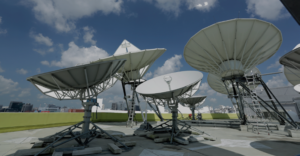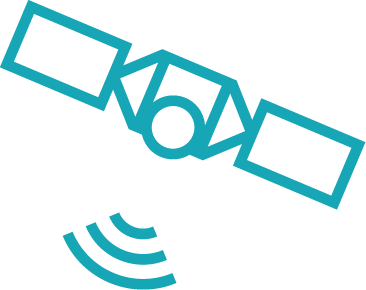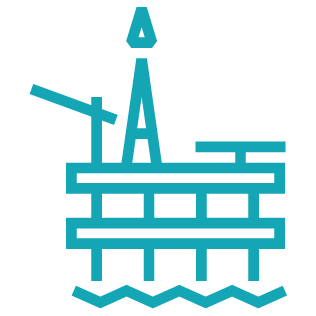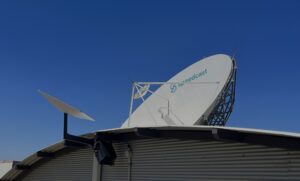The fusion of satellite networks with Internet of Things (IoT) devices has emerged as a game-changer in the business landscape. Why? They provide competitive advantage in places you would never expect.
Historically, IoT devices have been connected by wires or Wi-Fi if located in a fixed facility like a factory, or by cellular if not. Through these Earthbound links, the data they collected and delivered for processing drives cost savings, productivity gains, higher uptime, better customer service and improved compliance. Gains are measurable in money saved and new revenue opportunities realized.
Check out our “Need to Know” video interview with Senior Director of IoT Product and Services, John Geasa, and learn how your operations can gain a competitive edge.
Taking IoT on the Road

These connectivity choices, however, can only take IoT so far. They can’t reach maritime vessels, cruise ships and energy platforms at sea, or long-haul trucks, mines, construction sites, remote offices, military bases and humanitarian missions beyond cellular range. Satellite is the wireless connectivity from space that closes the gap.
GPS tracking was the original satellite IoT application, with devices capturing GPS coordinates from space and transmitting them by satellite to a central hub. This remains highly valuable for everything from livestock monitoring to vehicle tracking. But satellite technology has undergone a revolution, with GEO VSAT, MEO and LEO constellations in orbit, each with a different proximity to Earth, making them most suitable for differing requirements. Network technology has followed, with the ability to blend any of these with cellular when available in a way that optimizes cost and performance, making the formerly unaffordable a compelling investment.
Satellite IoT is now a cost-effective alternative to building terrestrial networks, because it is fast and inexpensive to set up and offers a long lifespan to ensure sustained connectivity. In the energy sector, it provides remote monitoring of drilling parameters and well operations, environmental impact and resource supply levels. Aide organizations and NGOs are using satellite tracking and messaging to enhance the safety of personnel in conflict areas, and agriculture benefits from its ability to deliver data from the field that farmers can use to optimize irrigation, fertilizer use and pest control.
IoT can keep tabs on pipelines, renewable energy installations and rural power grids wherever they are located and provide consistent, reliable data on operation and condition. For such critical infrastructure, satellite IoT offers another advantage – it does not have to connect to the internet to send data. The right design can deliver a level of cybersecurity impossible to duplicate on the ground.
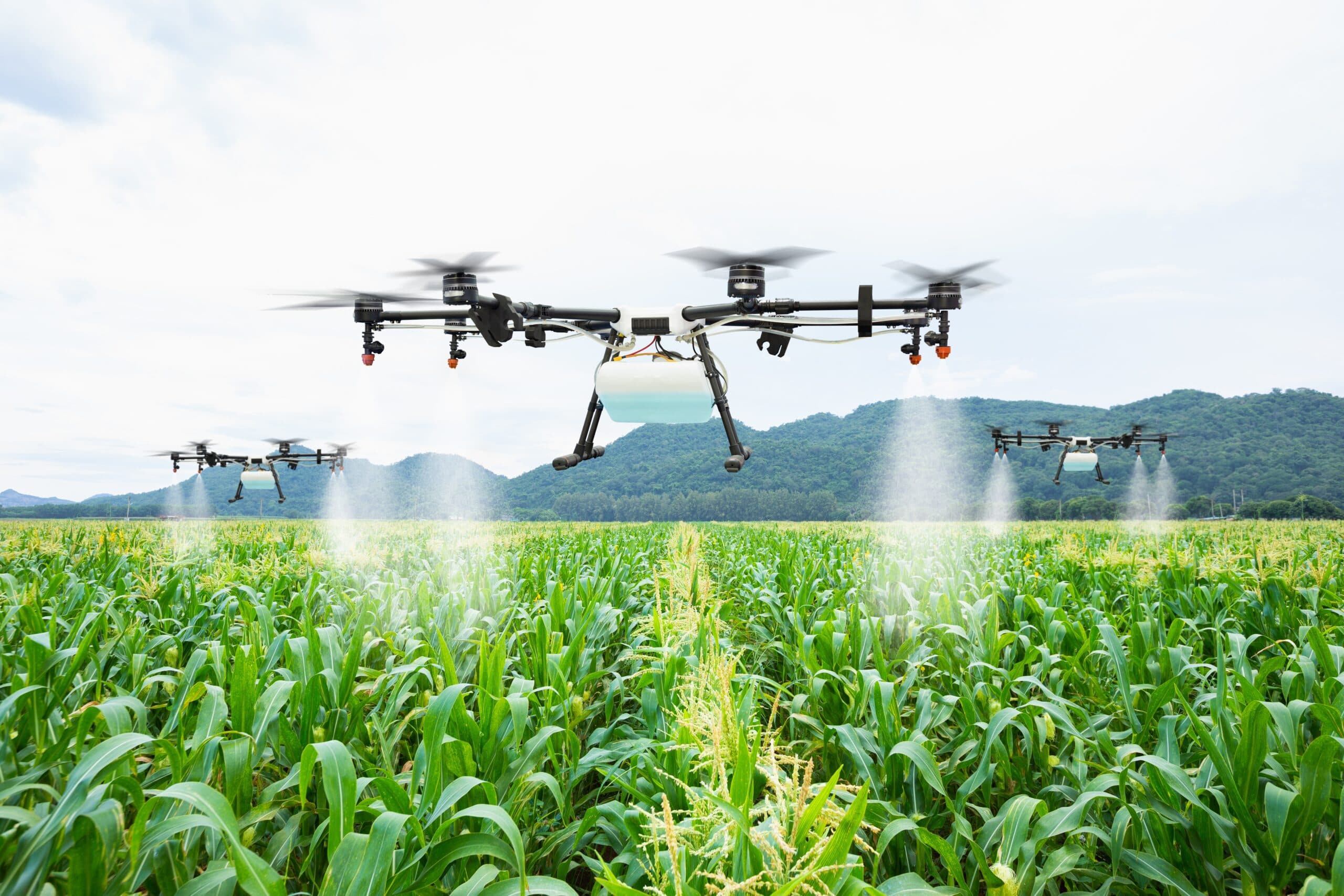

Inside the Revolution
The explosion of new capabilities has been created by converging trends: a massive drop in the cost of launching satellites, low-Earth-orbit constellations like Starlink and OneWeb that offer low latency and historically low prices, and industry adoption of network management software long proven in terrestrial networks.
Satellite IoT has a bright future. It will deliver seamless connectivity even in the most remote areas to open previously untapped markets. International standards are driving close integration of satellite with 5G, which will reduce deployment costs and facilitate seamless roaming between satellite and terrestrial networks. Edge computing will move processing power to devices, reducing transmission costs and enabling remote control of processes. From the network core to its edge, AI will sharpen the competitive edge of satellite in ways that truly change the IoT game.




